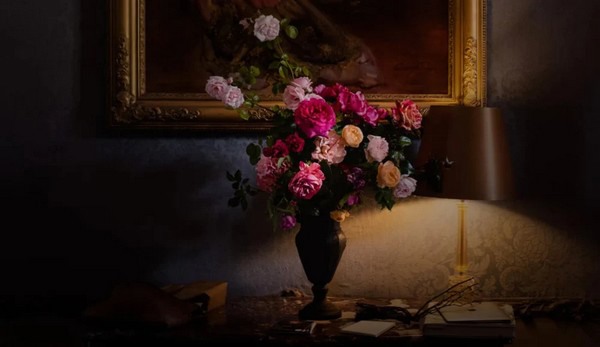The Dutch nursery Belle Epoque recently presented a collection of rare, forgotten garden roses at a museum event in Amsterdam. The Old Masters often painted these varieties in their still lifes. These rare varieties of climbing and shrub roses have a history and story. They are also only grown in exclusive numbers. Yet, these roses grow easily in gardens and are lovely gifts.
 Photo: Nancy van Schijndel
Photo: Nancy van Schijndel
Belle Epoque did extensive research on still-life roses and studied art in European museums and botanical gardens for years. The result is a collection of roses continually supplemented with unique shrub and climbing rose varieties.
From wild roses from Greek times, cultivated for medicinal and cosmetic purposes, to roses appearing in 17th century still life paintings, and the most exuberant varieties, created during la belle époque - the period when rose cultivation peaked.
You can order these roses from Belle Epoque's webshop. They're available potted and in fall and winter as standard rootstock. Since these roses are proven robust, healthy varieties, they are easy to plant and nurture. Everyone can, thus, experience their beauty.
The collection comprises wild centifolia (100-leaf rose), Damascena, Alba, and rare old roses and the range will keep expanding. These roses can be seen in Old Masters like Rachel Ruysch's still lifes. Examples include the apothecary rose grown in France since the 13th century.
And roses such as Rosa Félicité et Perpétue, that graced Joséphine de Beauharnais' and the French court's gardens. There is also the Rosa Centifolia Muscosa that forms the basis of the world-famous perfume, Chanel No 5.
For inspiration, you can attend workshops offered in partnership with master binder Karin Looijestein.
You can find more information about Belle Epoque's Forgotten roses here.
